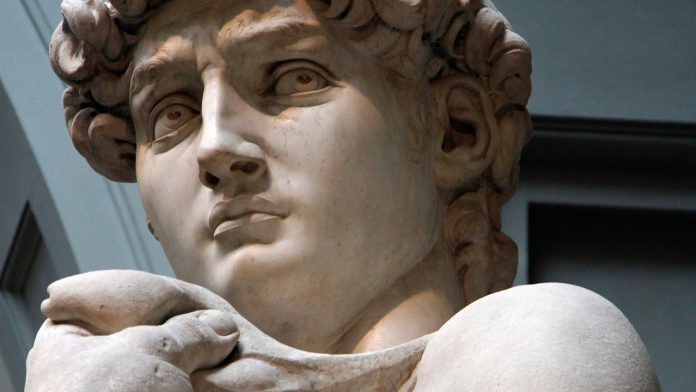The earliest expression of human art can be traced back to cave painting such as those discovered in the Spanish Monte Castillo cave complex dating back to over 65,000 years ago. The mysterious painting depicts a series of red lines organized into a geometric pattern. A crimson animal-like figure features with an unnatural amount of legs and a fainted red humanoid to the right of him. Studies into our initial ventures into art as a species are widespread alongside what it really means to create art. Are we driven by biological or social imperatives in this urge to create?
Taking the perspective of evolutionary anthropology, a pattern of art as a mechanism of social cohesion becomes apparent. In the case of hunter gatherer communities this was especially the case as survival depended even more heavily on group social bonding. Art thus became a powerful tool to create and shape values, ideas, and cultural identity. Take, for example, an earlier piece of art like the Lascaux cave paintings from over 19,000 years ago. This impressive cave art illustrates with fluid lines a series of animals running along the walls of the cave. The vividness and richness of this scenes might suggest that this drawing had a highly symbolic value. One could imagine that these cave paintings served as a sort of gathering point in which a community of early humans listened to stories of their ancestors, shared common mythologies, and perhaps even participated in adding drawings of their own to the cave wall. In this way, these cave paintings as noted reinforced a necessary shared identity. A more modern example of this social bonding effect of art can be found in national monuments like Michelangelo’s David. The sculpture reminded the Florentines that they shared the common biblical story of David and since it. was placed in the governing centre of Florence it also served as a fantastic manifestation of Florentine power – united under the aegis of their city state. Thus David, similar to the Lascaux cave paintings, can be said to have had a similar functional purpose to unite their population. In other words, whether it be the hunter-gatherers of stone age Lascaux or the 16th century Florentines, works of art and the urge to maintain and create them could have arisen out of the desire to unite humans under common systems of belief or tradition.
Yet while the explanation thus far reveals perhaps a conscious reason behind our urge to create art, there are also reason hidden inside the brain itself – the thing that drives us to create in the first place. Neuroscience posits that there are two main brain systems (“neural networks”) that are triggered whenever we engage in creativity. The first system is known as the default network (the area that is active whenever we zone out) in charge of consolidating memories, creating fantasies, and imagination among others. The other brain region is known as the attention network (the area of the brain that allows us to focus) interestingly however, these two areas do not activate simultaneously, expect in creative endeavours. This peculiarity could explain why artists are urged into making art. The urge to create art stems from an affinity towards entering fantasy-like states in which individuals twist, bend, or exaggerate reality. However, rather than forget their daydream, artists take the next step to record these experiences into their work. This mechanisms behind the urge to create, while strange, is seen frequently. For example, in the dreamlike landscape of De Chirico or Dali that often depict a hyper and bizarre version of reality. These painters are characterized by their ability to create strange and imaginative works, but also to record them with profound precision and accuracy on their canvases. Even on a subtler level, an artist’s interpretation and recreation of the world around them illustrates this process. These explanations ultimately offer intriguing explanations behind why we are gifted with the urge to make art.
For Cherwell, maintaining editorial independence is vital. We are run entirely by and for students. To ensure independence, we receive no funding from the University and are reliant on obtaining other income, such as advertisements. Due to the current global situation, such sources are being limited significantly and we anticipate a tough time ahead – for us and fellow student journalists across the country.
So, if you can, please consider donating. We really appreciate any support you’re able to provide; it’ll all go towards helping with our running costs. Even if you can't support us monetarily, please consider sharing articles with friends, families, colleagues - it all helps!
Thank you!






